Table of content
Cooking sea cucumbers, also known scientifically as Holothurians, might seem like an intricate culinary endeavor reserved for seasoned chefs. However, with the right techniques and understanding, transforming these marine delicacies into a gourmet dish is entirely within the realm of possibility for home cooks. Sea cucumbers, though not widely consumed in every part of the world, are highly valued in Asian cuisines, particularly in China and Japan, where they are revered for their unique texture and perceived health benefits. This guide aims to demystify the process of cooking sea cucumbers, ensuring that even novice cooks can prepare them with confidence.
Understanding Sea Cucumbers
Before diving into the cooking process, it’s crucial to understand what sea cucumbers are and their unique characteristics. Sea cucumbers belong to the class Holothuroidea and are marine invertebrates with a elongated, cylindrical body filled with a gelatinous substance called coelom. They lack a brain or central nervous system but possess an amazing ability to regenerate lost body parts.
When purchasing sea cucumbers, look for firm, plump specimens with a smooth, slightly glossy exterior. Freshness is key; avoid any that appear slimy, discolored, or have an unpleasant odor. Dried sea cucumbers are also available and require special handling during preparation.
Preparation Before Cooking
Cleaning
-
Soaking: Begin by soaking fresh or dried sea cucumbers in cold water for at least 12 hours, changing the water every few hours to remove any impurities and salt. This step is particularly crucial for dried sea cucumbers, which need to rehydrate fully.
-
Scraping: Once soaked, use a small knife or vegetable peeler to gently scrape off the outer skin. This layer can be tough and unpleasantly rubbery when cooked.
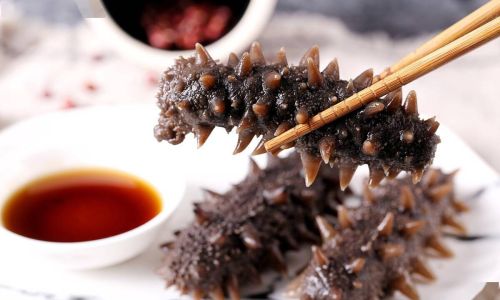
-
Internal Cleaning: Cut the sea cucumber lengthwise, removing the internal sand tube (a long, stringy structure) and any other internal organs. Rinse thoroughly under cold running water.
Blanching
Blanching helps to firm up the texture of the sea cucumber and remove any lingering impurities. Place cleaned sea cucumbers in boiling water for about 2-3 minutes, then immediately transfer them to ice water to stop the cooking process. This rapid cooling helps to retain their shape and color.
Cooking Methods
Boiling
Boiling is a straightforward method that preserves the natural flavors of sea cucumbers. After blanching, place the sea cucumbers in fresh boiling water seasoned with a few slices of ginger, a few segments of green onion, and a dash of rice vinegar. This helps to neutralize any potential fishy odor. Boil for an additional 5-10 minutes, depending on the desired texture (firmer for stir-fries, softer for soups). Test for doneness by inserting a fork; it should slide in with minimal resistance.
Steaming
Steaming is another gentle cooking method that retains the nutrients and flavors of sea cucumbers. Arrange them in a single layer on a steaming tray, cover, and steam over boiling water for about 10-15 minutes. This method is ideal for preserving the delicate texture and color of the sea cucumbers.
Simmering in Broth
For a more flavorful dish, simmer sea cucumbers in a rich broth made from chicken, pork bones, or seafood. Add aromatics like ginger, garlic, and star anise to deepen the flavors. Simmer gently for about 30 minutes to an hour, allowing the broth to penetrate and flavor the sea cucumbers.
Stir-Frying
For a quick and savory dish, stir-fry sea cucumbers with vegetables and a light sauce. After blanching, slice them into thin strips. Heat a wok or large skillet with oil, add minced garlic, ginger, and scallions, then stir-fry the sea cucumber slices for a couple of minutes. Add your choice of vegetables (like bell peppers, snap peas, or mushrooms) and a splash of soy sauce, oyster sauce, or a homemade stir-fry sauce. Cook until everything is heated through and well combined.
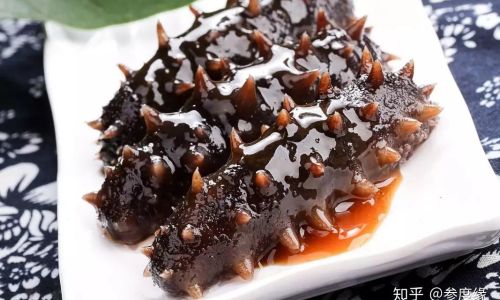
Incorporating Sea Cucumbers into Dishes
Soups and Stews
Sea cucumbers add a unique texture and flavor to soups and stews. They can be added to miso soup, seafood broth, or even hearty meat stews. Their gelatinous nature makes them perfect for enriching broths, creating a silky, mouthfeel that’s both satisfying and elegant.
Salads and Appetizers
For a refreshing change, incorporate sea cucumbers into salads. Slice them thinly and toss with a light vinaigrette, mixed greens, cherry tomatoes, and crumbled feta cheese. They can also be served chilled with a dipping sauce as an appetizer, showcasing their delicate texture and subtle flavor.
Stir-Fry and Noodles
Sea cucumbers pair beautifully with stir-fries and noodles. Their firm yet tender texture complements the crispness of vegetables and the softness of noodles. Add them to your favorite stir-fry recipe or incorporate them into a seafood noodle dish for a luxurious twist.
Tips for Perfect Cooking
- Don’t Overcook: Sea cucumbers can become rubbery if overcooked. Always test for doneness early and remove from heat once they reach the desired texture.
- Seasoning: Use mild, complementary flavors to enhance the natural taste of sea cucumbers. Avoid strong, overpowering spices that might mask their delicate flavor.
- Storage: Cooked sea cucumbers can be stored in the refrigerator for up to 3 days in an airtight container. For longer storage, freeze them in single-serving portions.
Conclusion
Cooking sea cucumbers might initially seem daunting, but with the right knowledge and techniques, they can become a delightful addition to your culinary repertoire. Their unique texture and subtle flavor make them versatile ingredients suitable for a wide range of dishes, from elegant soups to casual stir-fries. By following this guide, you’ll be able to prepare sea cucumbers with confidence, transforming them into delicious and nutritious meals that will impress even the most discerning palate. Happy cooking!
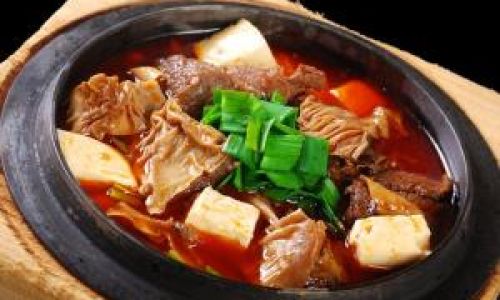
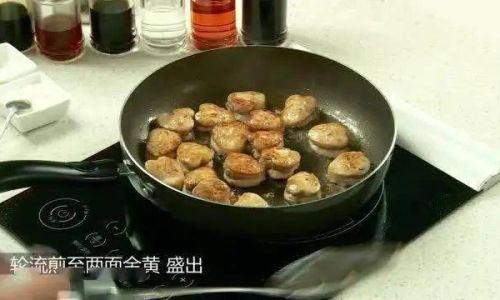
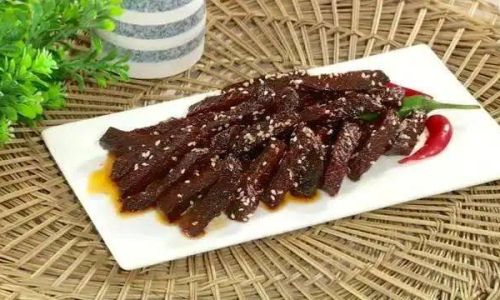
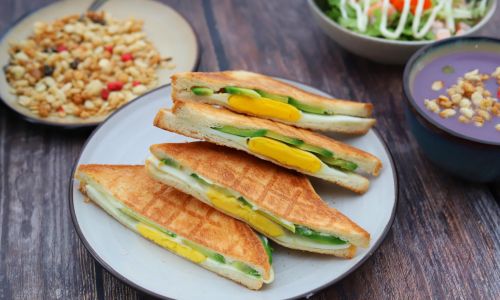


0 comments